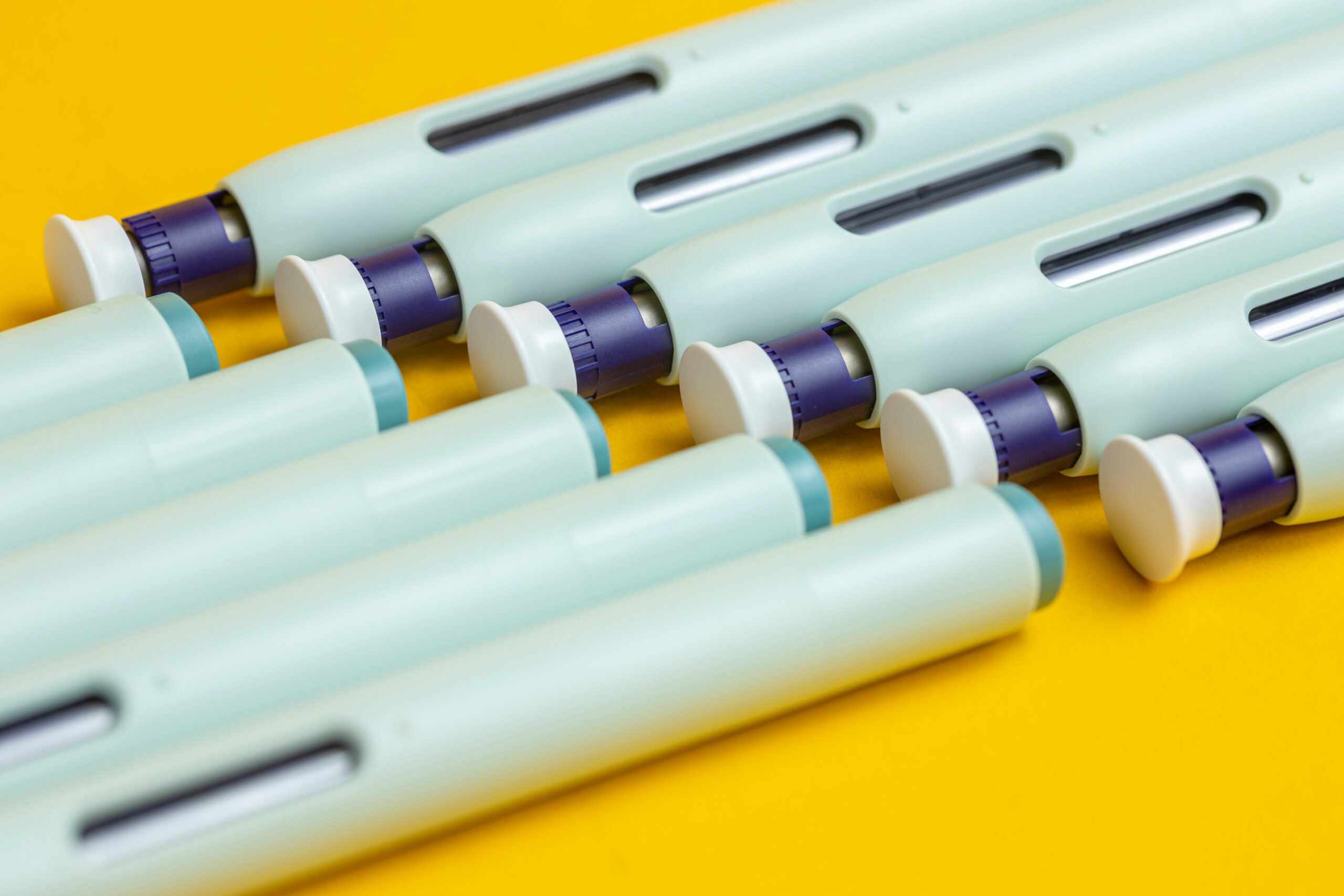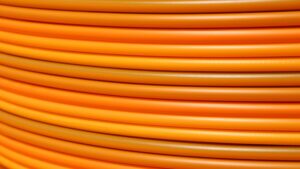23/08/2023
The non-invasive glucose monitoring device market is anticipated to progress substantially over the coming years. Industry expansion is likely to be propelled by the ever increasing prevalence of diabetes in modern society. According to the International Diabetes Federation (IDF), around 540 million adults (20-79 years) have diabetes, with almost half unaware that they have the condition. The IDF Diabetes Atlas projects the number of people living with diabetes will rise to 643 million by 2030 and to 783 million by 2045. Those who are diagnosed are required to frequently monitor their blood glucose levels to ensure they are at a safe level.
Past-Present: Finger-prick testing
Until recently, finger-pricking was the sole method for checking blood glucose levels for diabetics. Finger-pricking provides a snapshot of an individual’s blood glucose levels at the time of testing. To perform a finger-prick test, a diabetic will need: a blood testing meter, a finger-prick device, a test strip, and a lancet (needle). Further to this, a diabetic also requires a sharps bin to safely dispose of the lancets.

The National Institute for Health and Care Excellence recommends that a diabetic should test their blood glucose at least 4 times a day – before every meal and before bed. There are reasons for testing more frequently than this, including: long distance drives, exercise, illness and if an individual has problems with hypoglycaemia. As you can imagine, over the years, this method of testing may become arduous to a diabetic.
Following technological developments in the medical device sector, new more functional methods of glucose monitoring that do not directly measure glucose in the blood have come onto the market. In view of these methods, finger prick testing provides the most accurate readings, so it will not be going anywhere just yet.
Present-Future: Continuous glucose monitors (CGM) and flash glucose monitors (FGM)
CGMs and FGMs are small sensors that can be worn on the arm or abdomen. Rather than measuring blood glucose, the sensors measure the amount of glucose in the fluid surrounding your cells – interstitial fluid. CGMs and FGMs are considered minimally invasive; a sensor is inserted into the subcutaneous tissue underneath the skin.

These sensors give the user far more flexibility and data compared to traditional finger-pricking. CGMs and FGMs can be paired with mobile devices, which allow the user to see their glucose levels throughout the day. A beneficial safety feature of the sensors is that they can notify the user when their blood glucose is too high or too low automatically. This takes a sizable burden off a diabetic who must be constantly vigilant about their blood glucose. Some CGMs in particular are compatible with insulin pumps, meaning some diabetics can carry on with their lives largely stress free.
In the UK, multiple CGMs and an FGM are provided to diabetics through the NHS. Without a prescription, these sensors are incredibly expensive. Both types of sensors typically last around 14 days and cost approximately £50 to replace. The market is calling for a new type of glucose monitoring device that can last for an extended period of time and therefore be more cost effective for individuals and entities like the NHS.
Future: Non-invasive glucose monitoring
Numerous companies are investing in R&D for non-invasive glucose monitoring. These companies range from start-ups to multinational conglomerates like Samsung and Apple. In a 2021 academic review article, the Diabetic Technology Society highlighted the hurdles that exist and predicted that non-invasive devices are poised for success in the coming years.
Non-invasive products discussed in the 2021 article were classified as either of the following:
- Non-invasive optical glucose monitoring
- Non-invasive fluid sampling
Non-invasive optical glucose monitoring (NIO-GM)
NIO-GM involves sending harmless, low energy radiation through a vascular body site and extracting information about the glucose concentration from the collected signal. In many cases, a selected band of electromagnetic radiation is applied to skin and the diffusely scattered photons are collected. Glucose concentrations are estimated by a multivariate analysis of the resulting spectrum.
Technical hurdles
Technical hurdles for success of NIO-GM products include issues relating to detection limits and selectivity of glucose measurements.
Spectroscopic signals from glucose are weak, which challenges the signal-to-noise (SNR) of the instrumentation. This is an issue because the SNR must be sufficiently high enough for robust basis for measurement accuracy. In addition, the measurement signal must be selective relative to all other components of the skin – membranes, glycosylated structures, etc. Depending on the radiation used, NIO-GM must also take into account skin pigmentation, surface roughness, skin thickness and breathing artifacts.
Non-invasive fluid sampling (NIFS-GM)
NIFS-GM products are capable of collecting and analysing samples of interstitial fluid, tears, sweat, or saliva. Electrochemical glucose oxidase biosensors determine the concentration of glucose collected in the fluid. The sample collection technology differs slightly depending on which sample fluid is taken. In particular, a sample of interstitial fluid can be taken without piercing the skin using reverse ionophoresis – an active transport system stimulated by an electrical current.
Technical Hurdles
NIFS-GM technologies can accurately measure glucose in the samples listed above. However, the correlation is low between the actual measurements relative to glucose levels in blood. Such correlations have proven difficult to control, this is the major technical barrier that companies must overcome in order to commercialise NIFS-GM.
Patent perspective
Non-invasive glucose monitoring technology is not quite ready to hit the shelves just yet. There is still room for innovative companies to find their way in this nascent sector. A key consideration for companies trying to seek funding for non-invasive glucose monitoring devices will be securing patent rights. A patent gives protection to innovators to prevent their ideas from being commercially exploited, and provides investors with the confidence to invest in commercialising and developing the technology. We look forward to seeing what new innovations will arise from the diabetic industry in the years to come.
Here at Reddie & Grose we have a large number of attorneys in our Medical Devices team with interest and experience in such technologies. If you need help protecting your innovations in this field then please do get in touch.
This article is for general information only. Its content is not a statement of the law on any subject and does not constitute advice. Please contact Reddie & Grose LLP for advice before taking any action in reliance on it.



